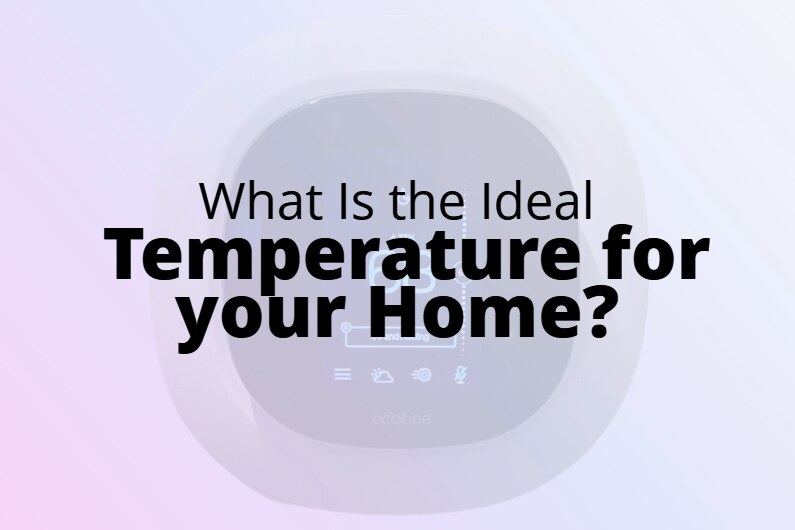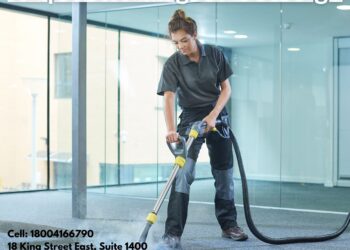
Ideal Building Temperature with Proper Equipment
Achieving and sustaining an ideal building temperature in both home and office environments is crucial for comfort, energy efficiency, and productivity. With the right ac repair and equipment, building temperature control can be optimized, leading to reduced energy costs and a comfortable environment all year round. Here, we’ll explore five key methods to achieve and maintain ideal building temperatures effectively.
1. Optimize Your HVAC System for Efficient Temperature Control
An HVAC system is the core component of temperature control in any building. To achieve efficient and consistent heating and cooling, regular maintenance and upgrades are essential. Start by ensuring your HVAC system is properly sized and suited for your specific space requirements. An undersized or oversized system can lead to inefficiencies, causing temperature fluctuations and unnecessary energy consumption.
Consider these optimization tips:
Regular Maintenance: Schedule annual inspections to check for leaks, duct blockages, or refrigerant issues.
Upgrade Components: Invest in energy-efficient parts such as variable-speed motors, which allow your system to adjust its output based on demand.
Install Programmable Thermostats: A programmable thermostat can automatically adjust the temperature based on the time of day or occupancy, reducing energy usage when rooms are empty.
An optimized HVAC system improves airflow, balances temperatures, and helps reduce energy costs, making it an essential investment for both homes and offices.
2. Use Smart Thermostats for Precision and Control
Smart thermostats provide precision in temperature control by learning your schedule and preferences. These devices can be programmed remotely and often come with mobile apps that allow for temperature adjustments from anywhere.
Key benefits of smart thermostats:
Automatic Adjustments: They learn patterns over time, helping keep the building at an ideal temperature without constant manual adjustments.
Energy Monitoring: Many smart thermostats provide data on energy consumption, making it easier to identify savings opportunities.
Zoning Capabilities: Advanced models allow you to set different temperatures for different zones in a building, helping optimize comfort in individual areas.
By installing a smart thermostat, you’ll ensure efficient temperature control with minimal effort, maximizing comfort and reducing energy waste.
3. Implement Zone Control for Tailored Comfort
Zone control, also known as temperature zoning, divides a building into sections, each with its own temperature setting. This approach is particularly beneficial in larger buildings where different areas have varying heating and cooling requirements. Zone control not only enhances comfort but also reduces energy consumption by focusing heating or cooling on occupied areas.
How to implement zone control effectively:
Ductless Mini-Split Systems: Ideal for homes and smaller office areas, ductless mini-splits allow separate temperature control for each zone.
Variable Air Volume (VAV) Systems: Common in larger buildings, VAV systems adjust airflow to maintain individual zone temperatures.
Smart Vent Systems: These systems close or open vents in specific zones, directing airflow as needed and further enhancing zoning efficiency.
Zone control systems are highly customizable, ensuring temperature precision and personalized comfort.
4. Insulate Properly to Maintain Consistent Temperatures
Proper insulation is key to sustaining a stable building temperature. Insulation reduces heat loss in winter and keeps cool air from escaping in summer, making temperature regulation easier and more efficient.
Important areas to insulate include:
Attics and Walls: Heat escapes through these areas, so ensure they are well-insulated with appropriate materials like spray foam or fiberglass.
Windows and Doors: Use weather-stripping or sealant around windows and doors to prevent drafts.
HVAC Ducts: Insulate HVAC ducts to prevent heat loss or gain as air travels through the system.
By investing in insulation upgrades, you can achieve consistent temperatures, lower energy costs, and reduce strain on your HVAC system.
5. Utilize Energy-Efficient Equipment for Heating and Cooling
Switching to energy-efficient heating and cooling equipment can make a substantial difference in both temperature control and energy savings. Modern equipment, like high-efficiency furnaces, heat pumps, and ENERGY STAR® rated appliances, operate more effectively, reducing temperature fluctuations and energy costs.
Top energy-efficient equipment options:
Heat Pumps: These systems provide both heating and cooling, making them a versatile and energy-saving choice for year-round temperature control.
High-Efficiency Furnaces and Boilers: Look for models with high Annual Fuel Utilization Efficiency (AFUE) ratings to ensure minimal energy waste.
Advanced Air Conditioners: Modern air conditioning units with high Seasonal Energy Efficiency Ratio (SEER) ratings consume less electricity and provide more consistent cooling.
Choosing energy-efficient HVAC equipment not only helps maintain an ideal building temperature but also contributes to a lower carbon footprint and reduced energy bills.
Conclusion
Achieving and sustaining an ideal building temperature is a blend of the right equipment, effective strategies, and regular maintenance. Service ac jakarta: By optimizing your HVAC system, using smart thermostats, implementing zone control, insulating properly, and investing in energy-efficient equipment, you’ll create a comfortable, cost-effective environment in both homes and offices. These methods reduce energy waste, improve occupant comfort, and help you get the most out of your temperature control system.


